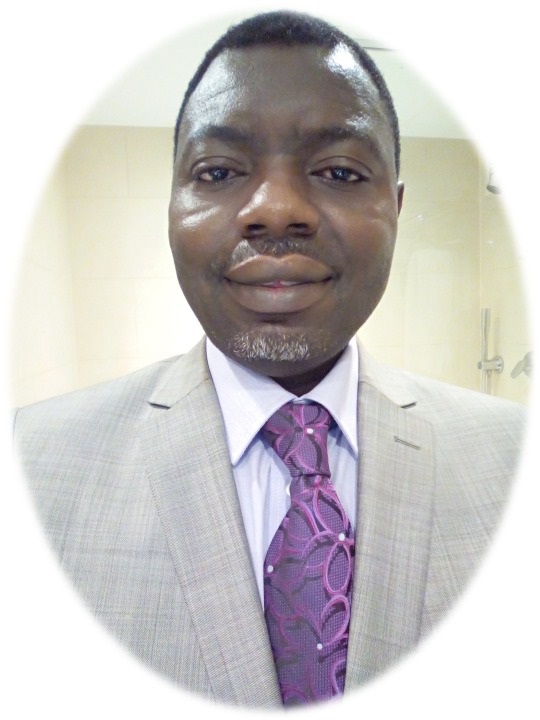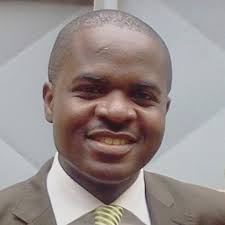Dermato-fibrosarcome thoracique à propos d’un cas
DOI:
https://doi.org/10.55715/jaim.v15i3.529Keywords:
Dermato-fibrosarcoma-rare tumor-histology-immunohistochemistry-prognosis.Abstract
Darier and Ferrand dermato-fibrosarcoma (DFS) is a soft tissue sarcoma with a high potential for local recurrence, despite often large surgical excisions. It is a tumor of low to intermediate malignancy. It is rare and represents 0.01% of all malignant tumors and 2 to 6% of soft tissue sarcomas.Although not specific, imaging plays a role in evaluating the local extent of the tumor and proves to be an important step in surgical planning for larger tumors. The diagnosis is made by histology using a needle or incisional biopsy. In doubtful cases, immunohistochemistry can distinguish DFS from other spindle cell tumors.We report the case of a 48-year-old patient in whom radiological data supplemented by histological and immunohistochemical analysis made it possible to make the diagnosis of DFS.He benefited from a wide excision followed by a skin graft. Follow-up at 5 years did not reveal any local recurrence or metastasis.
RÉSUMÉ
Le dermato-fibrosarcome de Darier et Ferrand (DFS) est un sarcome des tissus mou à fort potentiel de récidive locale, malgré des exérèses chirurgicales souvent larges. C’est une tumeur de malignité faible à intermédiaire. Elle est rare et représente 0,01% de toutes les tumeurs malignes et 2 à 6% des sarcomes des tissus mous.
Bien que non spécifique, l’imagerie joue un rôle dans l’évaluation de l'étendue locale de la tumeur et se révèle être une étape importante dans la planification opératoire des tumeurs les plus volumineuses. Le diagnostic est apporté par l’histologie grâce à une biopsie à l’aiguille ou incisionnelle. Dans les cas douteux, l'immunohistochimie permet de distinguer le DFS des autres tumeurs à cellules fusiformes.
Nous rapportons le cas d’un patient de 48 ans chez qui, les données radiologiques complétées par l’analyse histologique et immuno-histochimique ont permis de poser le diagnostic du DFS. Il a bénéficié d’une exérèse large suivie d’une greffe de peau. Le suivi à 5 ans n’a pas révélé de récidive locale ni de métastase.
Downloads
References
2. Taylor RW. Sarcomatous tumors resembling in some respects keloids. Arch Dermatol 1890 ;8 :384-7.
3. Guillou L, Benhattar J, Bonichon F et al. Histologic grade, but not SYT-SSX fusion type, is an important prognostic factor in patients with synovial sarcoma: a multicenter, retrospective analysis. J Clin Oncol 2004 ;22(20) : 4040-50.
4. Harmer MH. TNM Classification of pediatric tumors. Geneva, Switzerland, UICC International Union Against Cancer 1982 :23-8.
5. Mancuso T, Mezzekani A, Riva C et al. Analysis of SYT-SSX fusion transcripts and bcl-2 expression phosphorylation status in synovial sarcoma. Lab Invest 2000 ; 80 : 805-13.
6. Maurer HM, Beltangady M, Gehan EA et al. The Intergroup Rhabdomyosarcoma Study I : A final report. Cancer 1988 ; 61 : 209-20.
7. Boujelbenea N, Elloumia F, Hassinea SB, Frikhab M, Daouda J. Le dermatofibrosarcome de Darier et Ferrand : à propos de 11 cas. Cancer/Radiothérapie 2009 ; 3(6-7) : 644-97.
8. Morman MR, Lin RY, Petrozzi JW. Dermatofibrosarcoma protuberans arising in a site of multiple immunizations. Arch Dermatol 1979 ; 115(12) : 1453.
9. Joucdar S, Kismoune H, Boudjemia F, Acha D, Abed L. Les dermatofibrosarcomes de Darier et Ferrand : analyse rétrospective de 81 cas sur dix ans (1983-1994). Ann Chir Plast Esthét 2001 ; 46(2) : 134-40.
10. Torreggiani WC. Dermatofibrosarcoma Protuberans: MR Imaging Features. Am. J. Roentgenol 2002 ;178(4):989-93.
11. Okcu MF, Munsell M, Treuner J et al. Synovial sarcoma of childhood and adolescence : a multicenter, multivariate analysis of outcome. J Clin Oncol 2003 ; 21 :1602-11.
12. Nedelcu I, Costache DO, Costache RS, Nedelcu D et al. DarierFerrand Dermatofibrosarcoma Protuberans with Peculiar Aspect BMMR 2006 ; 9(1) : 44-9.
13. WHO Classification of Tumours. Pathology and Genetics. Tumours of Soft Tissue and Bone. CDM Fletcher, KK Unni, and F Mertens eds. IARC Press, Lyon, 2002.
14. Nouri K, Lodha R, Jimenez G, Robins P. Mohs micrographic surgery for dermatofibrosarcoma protuberans: University of Miami and NYU experience. Dermatol Surg 2002 ; 28(11) : 1060-4.
15. Lindner NJ, Scarborough MT, Powell GJ, Spanier S, Enneking WF. Revision surgery in dermatofibrosarcoma protuberans of the trunk and extremities. Eur J Surg Oncol. 1999 ;25(4) : 392-7.
Downloads
Published
How to Cite
Issue
Section
License

This work is licensed under a Creative Commons Attribution-NonCommercial-ShareAlike 4.0 International License. Copyright @2017. This is an open-access article distributed under the terms of the Creative Commons Attribution-NonCommercial-ShareAlike 4.0 International License (http://creativecommons.org/licenses/by-nc-sa/4.0/) which permits unrestricted non-commercial used, distribution and reproduction in any medium






